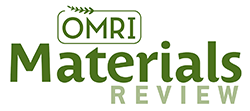
Looking for complete background information on a particular topic? You’ve come to the right place!
Browse OMRI’s articles, or contact us to suggest a topic. Don’t forget that subscribers receive the complete OMRI newsletter with the latest reports, delivered quarterly.
By Doug Currier
Based on a November 5, 2020 Federal Register Notice, OMRI has resolved a compliance issue related to natamycin use in USDA organic production, an issue previously considered “beyond resolution.” The resolution action taken by OMRI, in addition to this stakeholder announcement, includes removal of a “beyond...
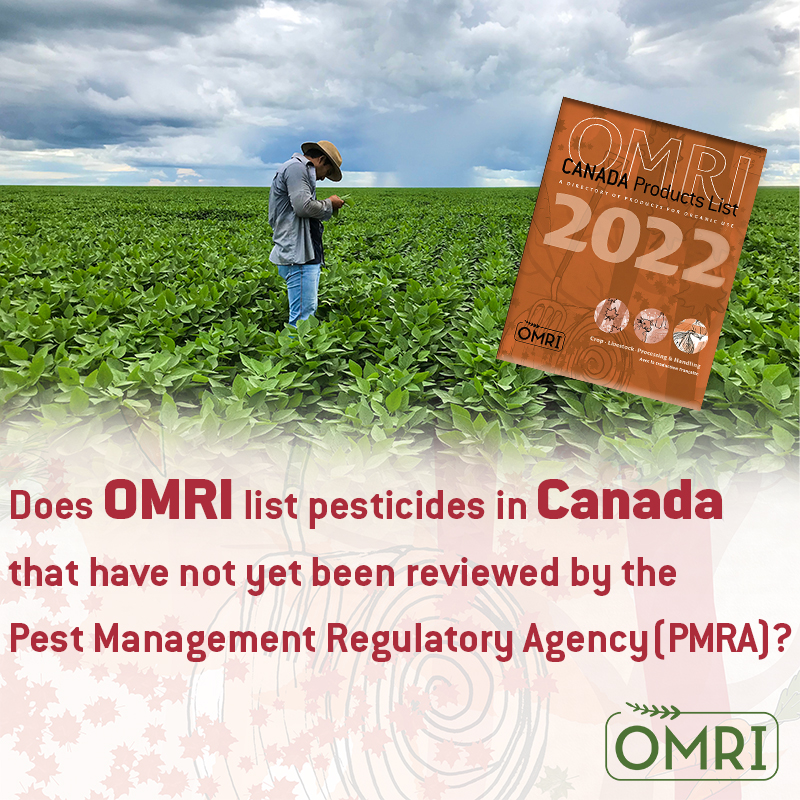 Will OMRI list a pesticide product that is not yet registered by the Pest Management Regulatory Agency (PMRA)?
Will OMRI list a pesticide product that is not yet registered by the Pest Management Regulatory Agency (PMRA)?
Yes. During the early days of the OMRI Canada Review Program, it was not clear whether pesticide products without a pest control product (PCP) number could be reviewed and approved...
How does OMRI evaluate genetically engineered (GE) materials for use as ingredients in processed organic food products labeled as “organic” or “made with organic ingredients”?
By Taryn Kennedy
Because input materials for processing and handling can come in direct contact with food, or are included as ingredients, the review standards for these materials are more restrictive than the standards for crop and livestock inputs. When reviewing GE materials for processing and handling, OMRI distinguishes between “nonorganic...
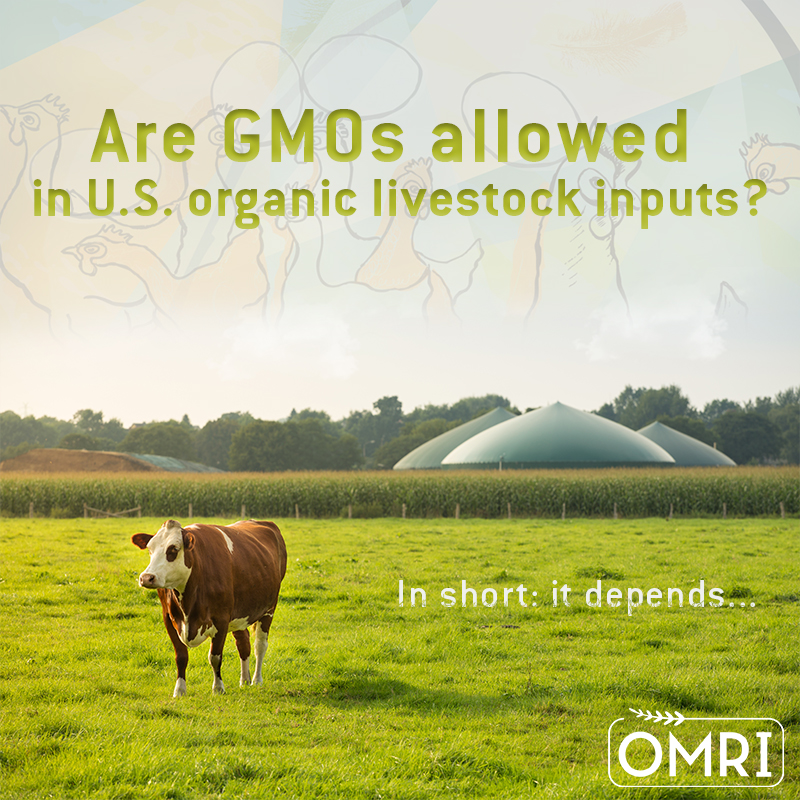 How does OMRI evaluate GMOs for use as livestock inputs?
How does OMRI evaluate GMOs for use as livestock inputs?
By Ana Negrete
Organic livestock production systems rely on several products, and the non-GMO (genetically modified organism) requirements vary depending on how the material is used. In order to review genetically engineered (GE) materials for use in organic livestock production, OMRI distinguishes between inputs used for...
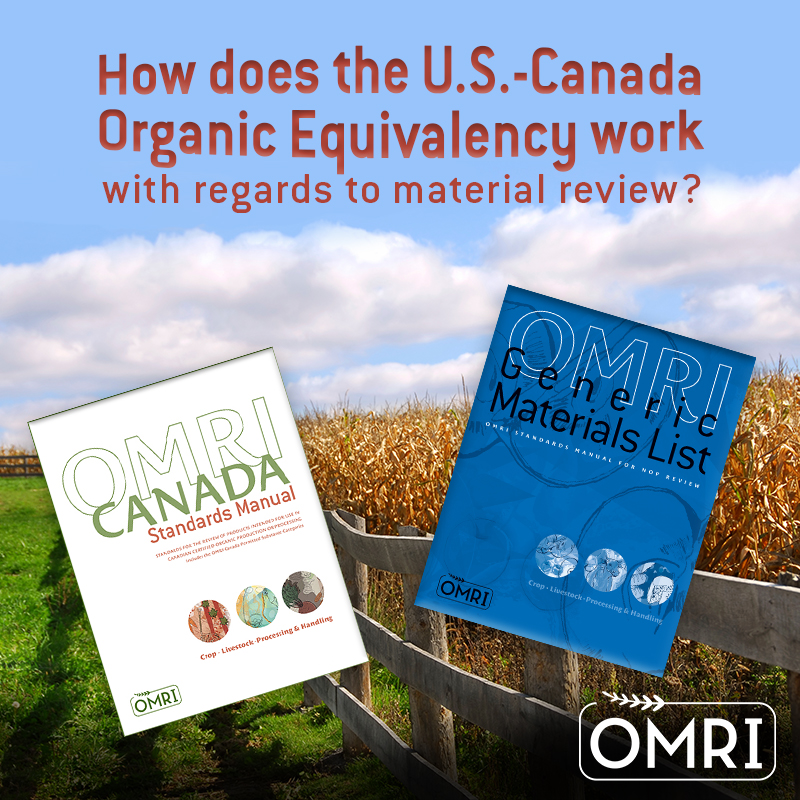 Can I use alfalfa meal that was certified organic in the United States as a feed ingredient for use in Canada?
Can I use alfalfa meal that was certified organic in the United States as a feed ingredient for use in Canada?
By Sara Nienaber
The Canadian Organic Standards require operators to provide livestock with an organic feed ration (CAN/CGSB 32.310-2020 §6.4.1), and operators are prohibited from using feed and feed additives that are not listed in Table 5.2 of CAN/CGSB 32.311 (...
How does laminarin work, and is it allowed?
By Tina Jensen Augustine
Laminarin is a pesticidal substance that the NOSB formally recommended be considered nonsynthetic and acceptable for use on organic operations in 2015. It is a naturally occurring polysaccharide in plants that is commercially extracted primarily from the brown algae Laminaria digitata. It is intended for preventative use, before infection occurs.
Laminarin functions by stimulating (eliciting) a plant’s natural defense mechanisms against disease...
If a coloring is included in a teat dip, does OMRI require that the coloring meets the excipient criteria?
By Sarah Peters
Excipients are defined at 7 CFR §205.2 as:
Any ingredients that are intentionally added to livestock medications but do not exert therapeutic or diagnostic effects at the intended dosage, although they may act to improve product delivery (e.g., enhancing absorption or controlling release of the drug substance). Examples of such ingredients include fillers, extenders...
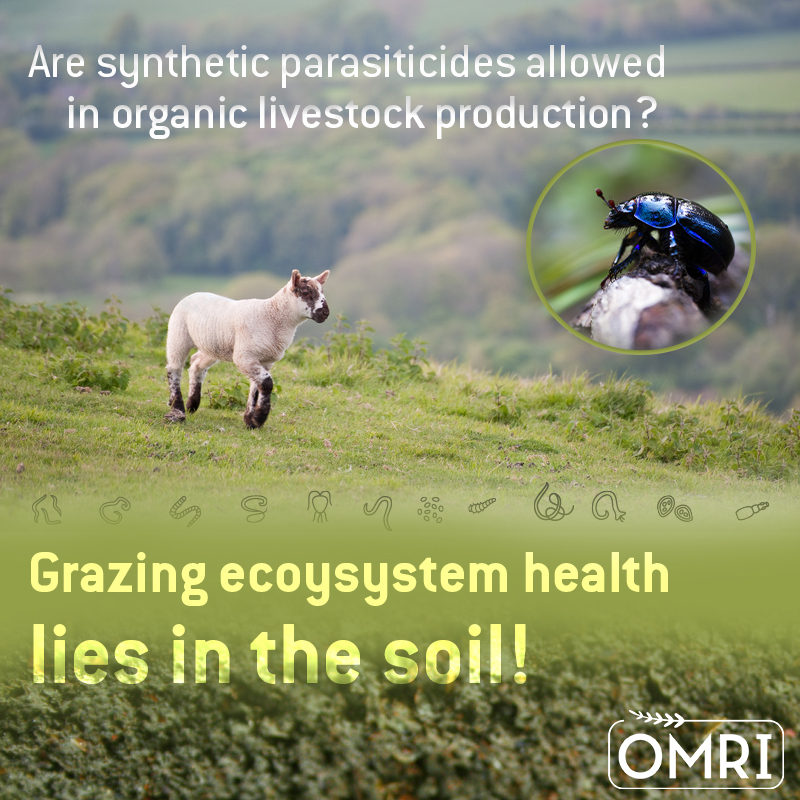 By Tina Jensen Augustine
By Tina Jensen Augustine
The use of internal parasiticides in organic livestock production is permitted under the livestock health care practice standard at §205.238 for emergency situations when preventative practices and veterinary biologics have failed to control a parasitic infection. There are two synthetic parasiticides permitted on the National List at §205.603(a): fenbendazole and...
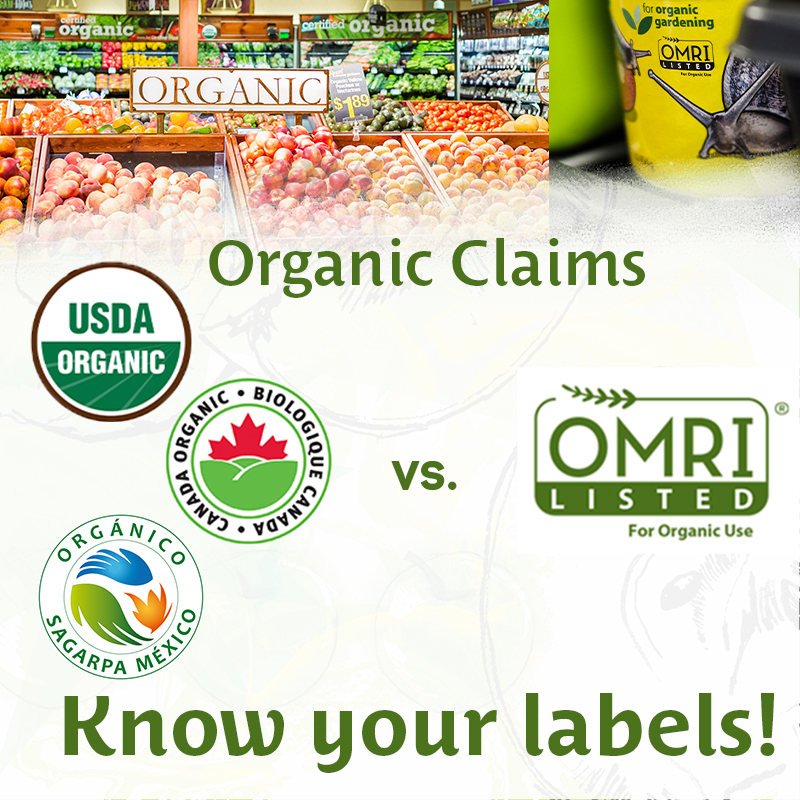 Clarifying when organic claims fall under OMRI’s scope of review
Clarifying when organic claims fall under OMRI’s scope of review
By Kelsey McKee
The USDA organic seal is widely recognized in the grocery aisle and wider marketplace. To uphold the integrity of the seal, the National Organic Program (NOP) Compliance and Enforcement division investigates complaints and may issue civil penalties when organic claims are made in violation of the...
What are NPEs, and are they still allowed in organic crop production?
By Meagan Campbell
Nonylphenol ethoxylates (NPEs) are a commonly used group of synthetic surfactants. Surfactants are compounds that help decrease surface tension, and can help different substances mix together if they naturally repel each other. NPEs are used in a wide variety of products, including cleaning and degreasing products, paints, lubricants, epoxy, and pesticides.
Surfactants formulated with NPEs are added at the time of mixing...








